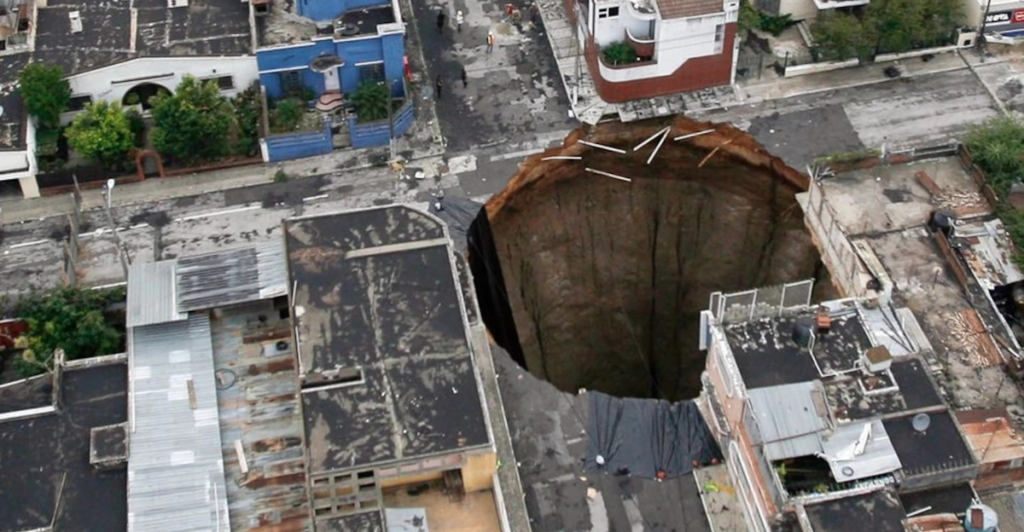
The United States is uniquely vulnerable to a wide array of extreme weather events shaped by its diverse geography and climate. From the powerful tornadoes of the Midwest to the devastating hurricanes of the Gulf Coast, these wild weather phenomena have not only caused immediate destruction but have also left lasting impacts on the nation’s landscape and communities. Below are 10 significant weather events that have forever changed America’s environment, infrastructure, and approach to disaster preparedness.
1. Tornadoes
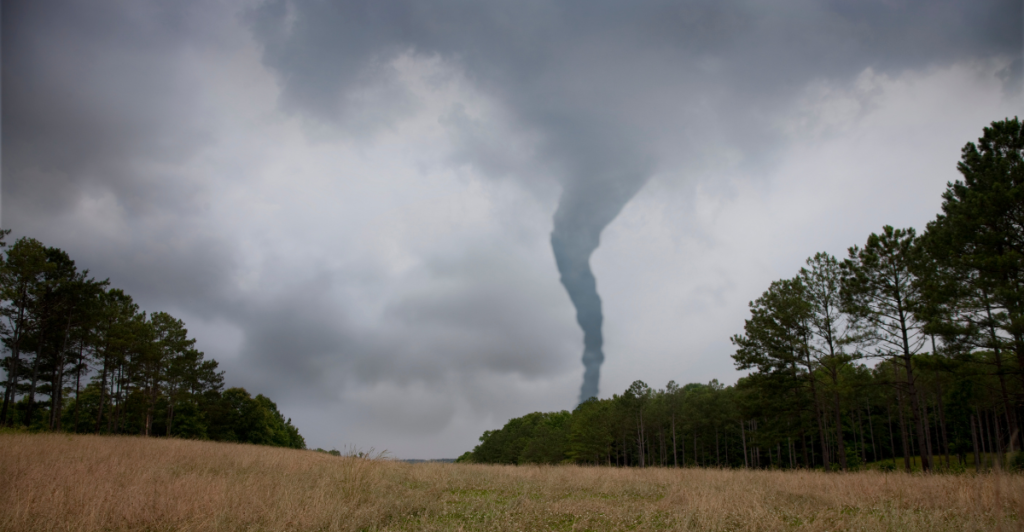
The United States experiences more tornadoes than any other country in the world, with significant events like the 2011 Joplin tornado causing widespread destruction and loss of life. In 2023, a tornado outbreak on March 31 produced over 150 tornadoes across many southern and central states, resulting in significant damage and at least 20 fatalities. This outbreak highlighted the ongoing threat posed by tornadoes and underscored the importance of effective warning systems and community preparedness.
2. Hurricanes
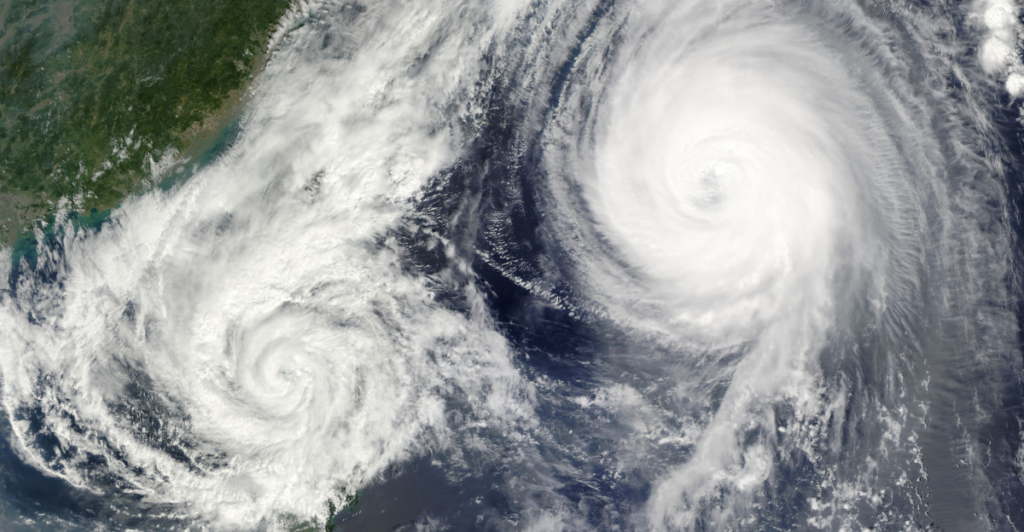
Hurricanes are among the most destructive weather events in the U.S., with Hurricane Katrina in 2005 being a prime example. In 2023, Hurricane Idalia impacted Florida with hurricane-force winds, causing widespread power outages and damage. The storm further illustrated vulnerabilities in infrastructure and emergency response as communities grappled with recovery efforts in the aftermath.
3. Flash Floods
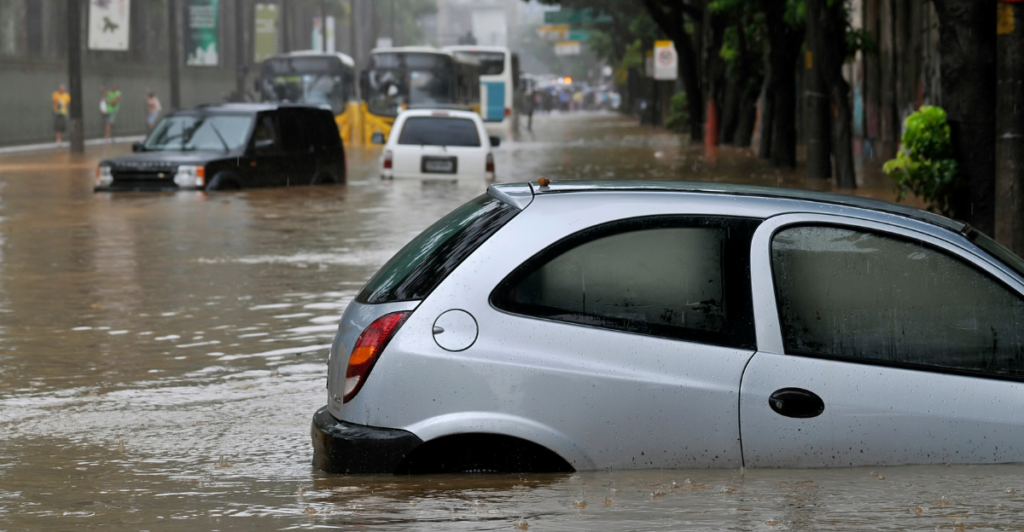
Flash floods can occur with little warning, causing rapid and severe damage. Events like the 1976 Big Thompson Canyon flood in Colorado resulted in significant fatalities and altered the landscape. In 2023, California experienced multiple flooding events that caused extensive damage across various regions, prompting changes in flood management practices.
4. Droughts
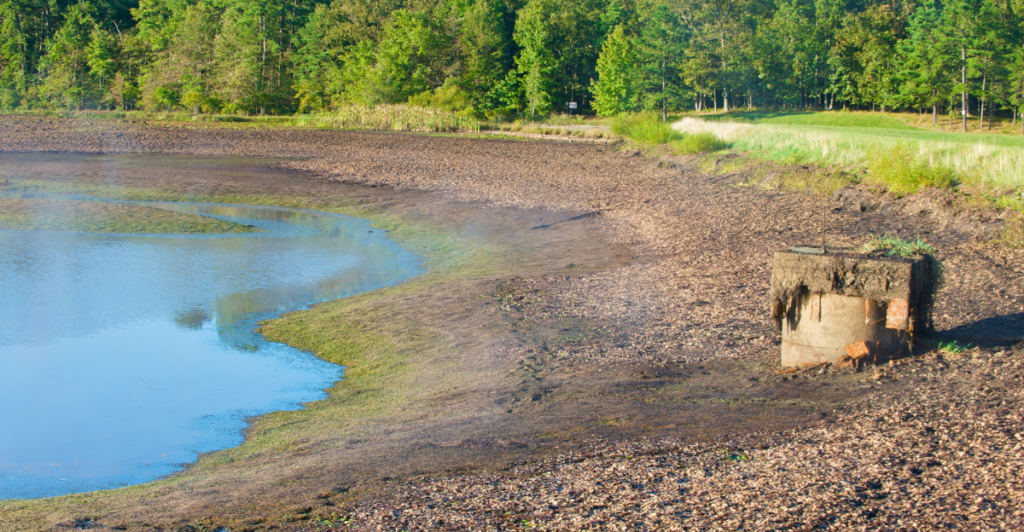
Prolonged droughts have profound effects on agriculture, water supply, and ecosystems. The Southern and Midwestern drought in 2023 led to significant agricultural losses, with ranchers forced to sell livestock due to high feeding costs. This drought also contributed to record-low water levels in portions of the Mississippi River, impacting river commerce and water quality.
5. Wildfires
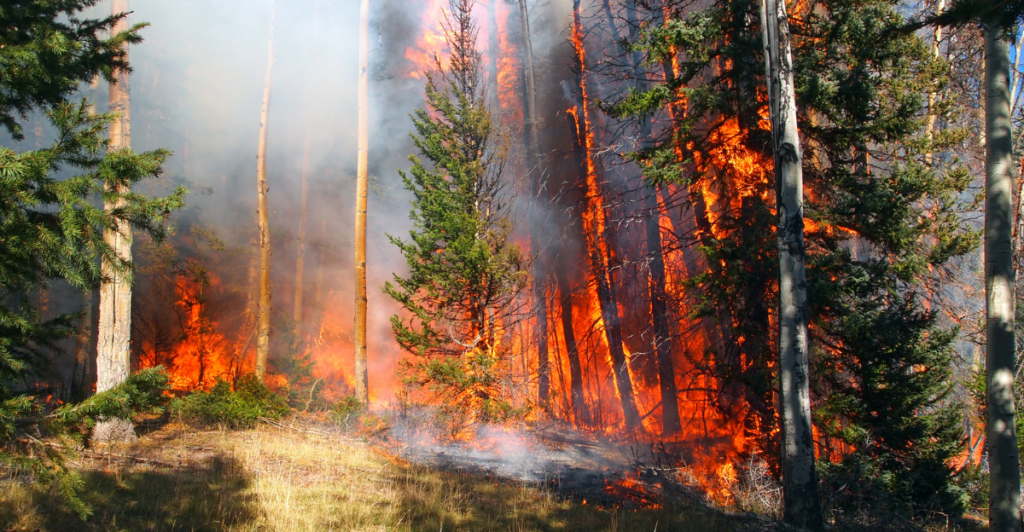
The increasing frequency of wildfires has transformed landscapes and ecosystems across the U.S. The Camp Fire in 2018 destroyed the town of Paradise and highlighted the need for better forest management strategies. In August 2023, a devastating wildfire on Maui resulted in over 100 deaths and destroyed the historic town of Lahaina, marking one of the deadliest wildfires in U.S. history. Additionally, recent fires in Los Angeles have raised concerns about fire management amid changing climate conditions; as of January 2025, these fires have prompted evacuation orders for thousands of residents.
6. Blizzards
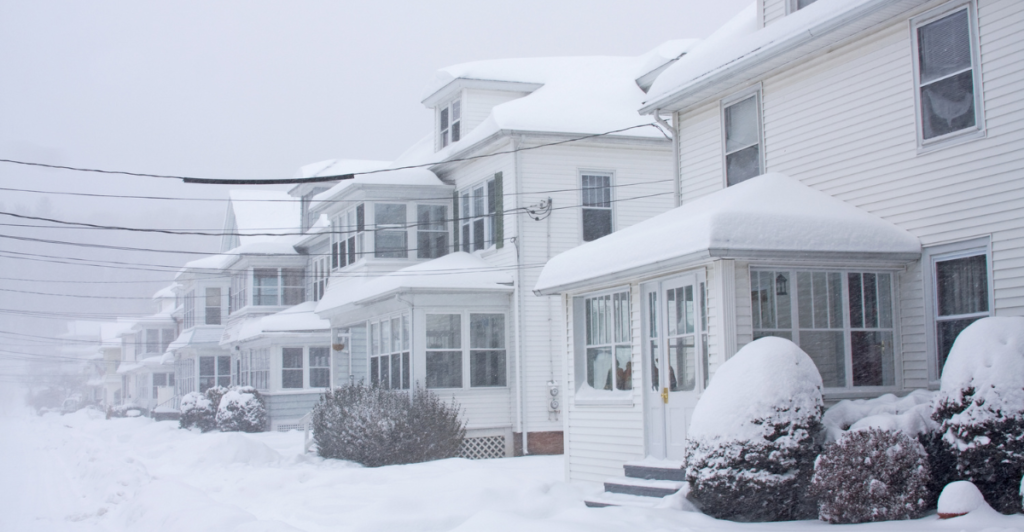
Severe winter storms can paralyze regions, as seen during the Blizzard of 1888, which affected the Northeast U.S. Recently, a severe winter storm swept through the eastern U.S. in early January 2025, bringing heavy snow and freezing rain that resulted in at least five deaths and widespread power outages across several states.
7. Ice Storms
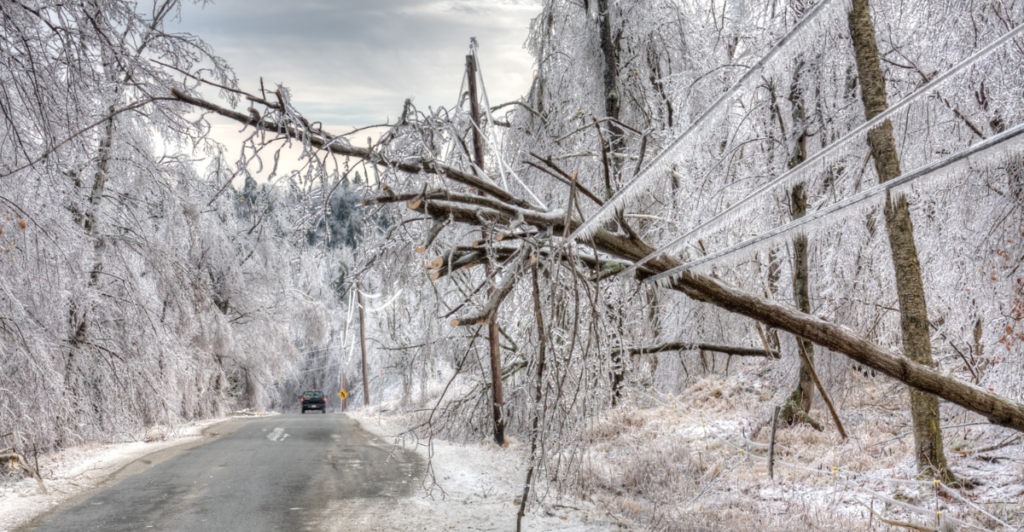
Ice storms can cause widespread power outages and damage to trees and power lines. The North American ice storm of 1998 affected millions and led to significant economic losses. More recently, ice storms continue to pose risks during winter months, contributing to hazardous travel conditions and infrastructure challenges.
8. Nor’easters
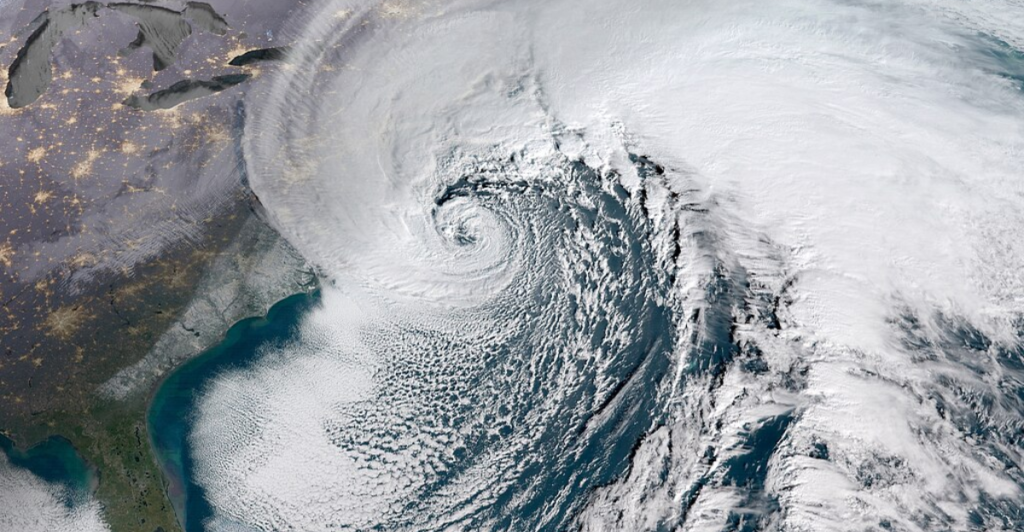
These powerful storms can bring heavy snow and coastal flooding, particularly to the Northeast. The Blizzard of 1978 is a notable example that caused extensive damage and reshaped how communities prepare for winter storms. Recent nor’easters have continued to impact northeastern states with heavy snowfall and strong winds.
9. Heat Waves
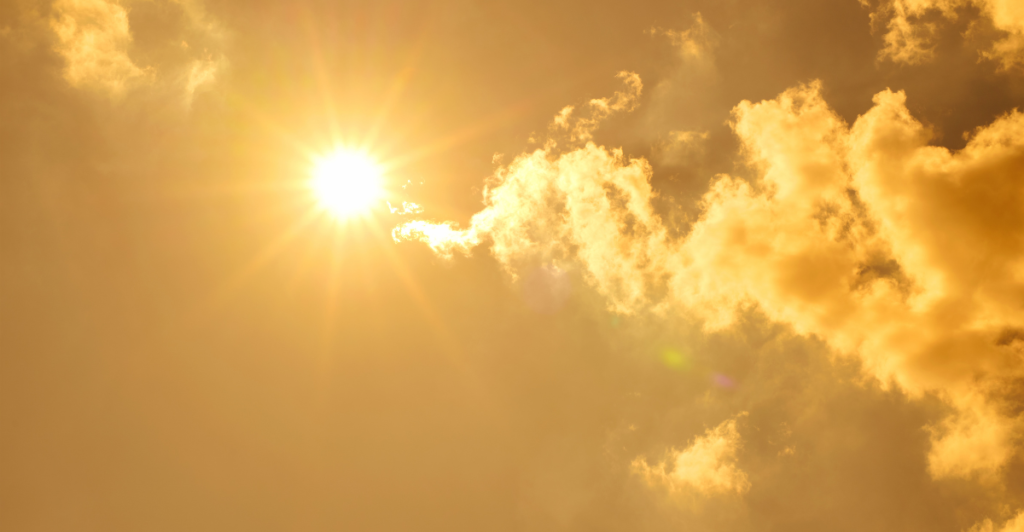
Increasingly severe heat waves pose health risks and strain energy resources. The Chicago heat wave of 1995 resulted in hundreds of deaths; similarly, the Southern/Midwestern heat wave in 2023 led to at least 247 fatalities while exacerbating drought conditions across several states.
10. Severe Thunderstorms
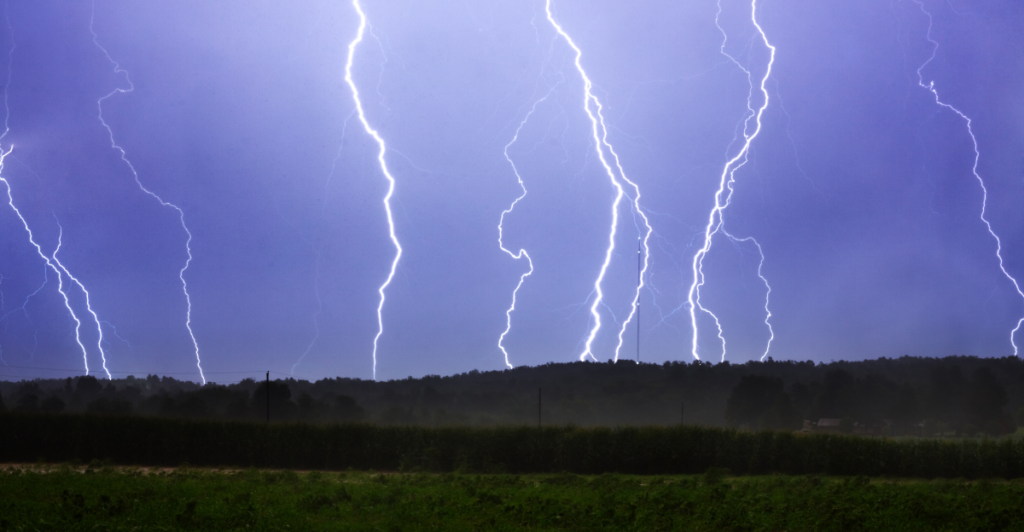
Severe thunderstorms can produce damaging winds, hail, and tornadoes. The Super Outbreak of April 1974 was one of the largest tornado outbreaks in U.S. history. In May 2024, a derecho swept through Texas with winds exceeding 100 mph, resulting in extensive damage and fatalities across multiple states.
Climate Change and Extreme Weather Patterns
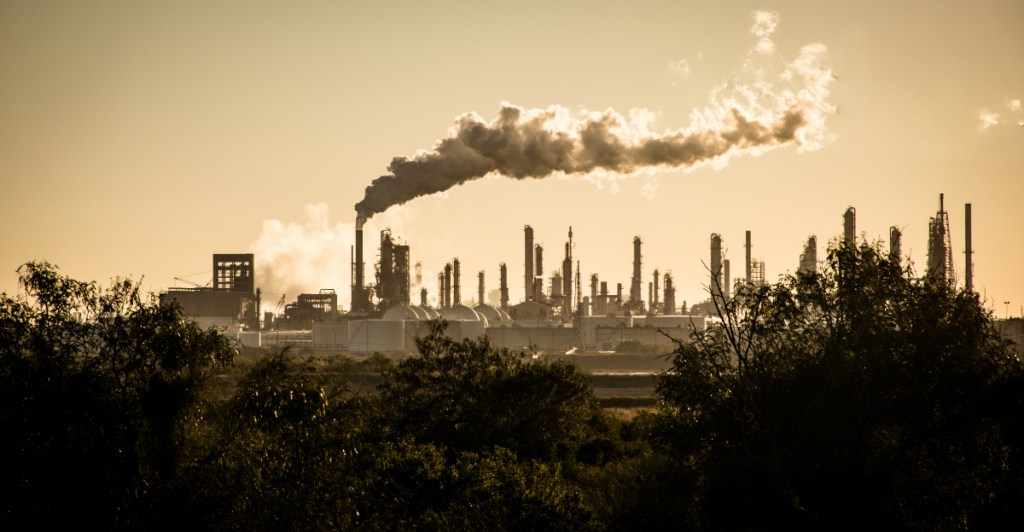
The frequency and intensity of extreme weather events in America have been linked to climate change. Rising global temperatures contribute to more intense hurricanes, severe droughts, and extreme heat waves. For example, the 2023 Southern heat wave was exacerbated by prolonged high-pressure systems associated with global warming, further stressing already vulnerable regions. Scientists emphasize the importance of mitigation strategies, including reducing greenhouse gas emissions and investing in resilient infrastructure.
Economic Impacts of Extreme Weather
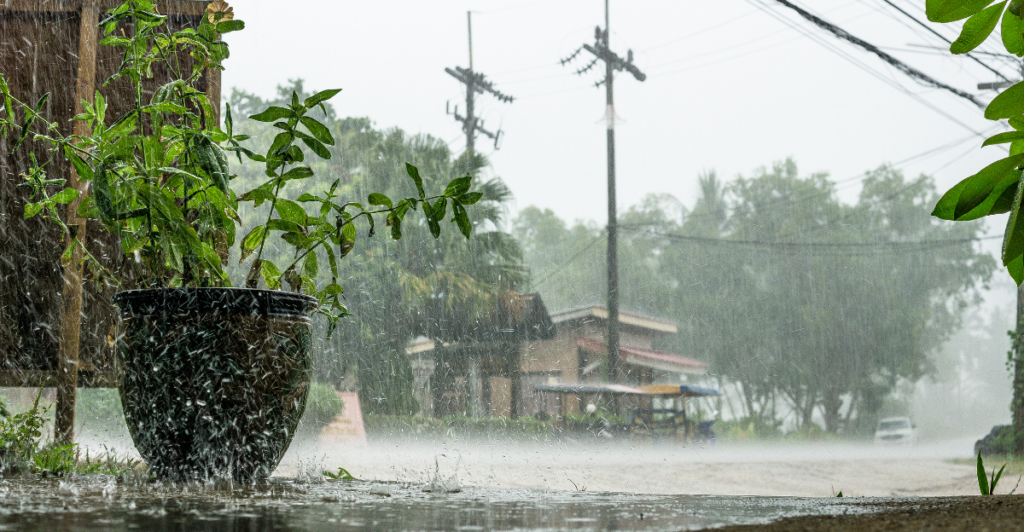
Extreme weather events take a significant toll on the U.S. economy. Hurricanes like Katrina and Ian resulted in tens of billions of dollars in damage, while droughts and wildfires have devastated agricultural production and property. In 2023, economic losses from weather-related disasters exceeded $160 billion, according to NOAA. These costs highlight the urgency for improved disaster preparedness and climate adaptation measures to mitigate long-term financial impacts.
Innovations in Weather Prediction and Preparedness
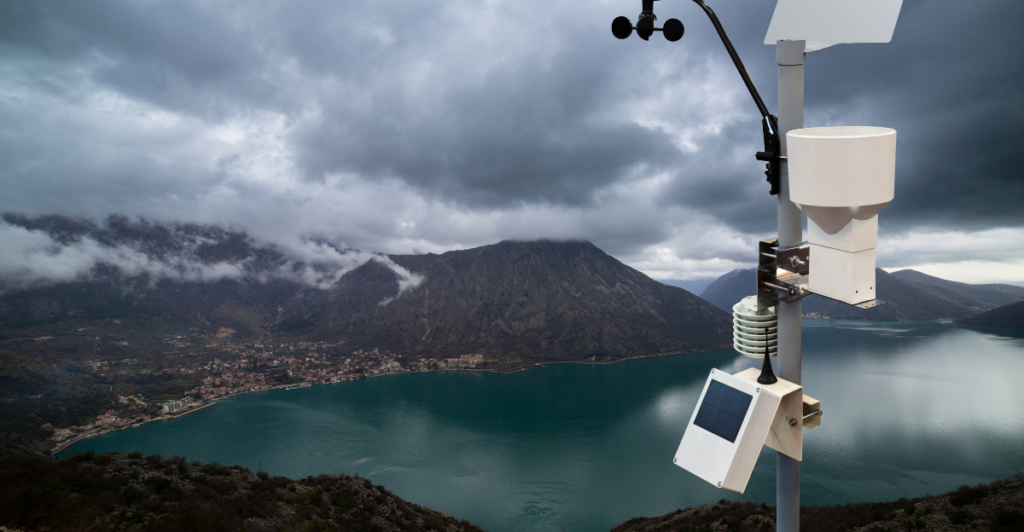
Advancements in meteorological technology are enhancing America’s ability to predict and prepare for extreme weather. Doppler radar, satellite systems, and AI-driven models now provide earlier warnings, saving lives during tornado outbreaks and hurricanes. Efforts like FEMA’s updated disaster response framework aim to better coordinate federal, state, and local agencies, ensuring faster recovery and support for affected communities. However, challenges remain in reaching underserved populations with timely information.
These weather events have not only caused immediate destruction but have also led to long-term changes in policies, infrastructure development, and community resilience strategies across the United States as communities adapt to an increasingly volatile climate landscape.
Discover more of our trending stories and follow us to keep them appearing in your feed

California Is Splitting Apart: A Fault Line Is Forming Faster Than Anyone Predicted
Deepest Hole On Earth Permanently Sealed After 2 Billion Year Old Discovery
Study Says 2035 Is Climate Change Point of No Return
The 11 Countries Most Affected by Climate Change
References:
2023: A historic year of U.S. billion-dollar weather and climate disasters
Deadly winter storm wreaks havoc across US, at least five dead
2024 US Severe Weather
There were 27 major climate-related disasters in the U.S. in 2024
Stay connected with us for more stories like this! Follow us to get the latest updates or hit the Follow button at the top of this article, and let us know what you think by leaving your feedback below. We’d love to hear from you!







